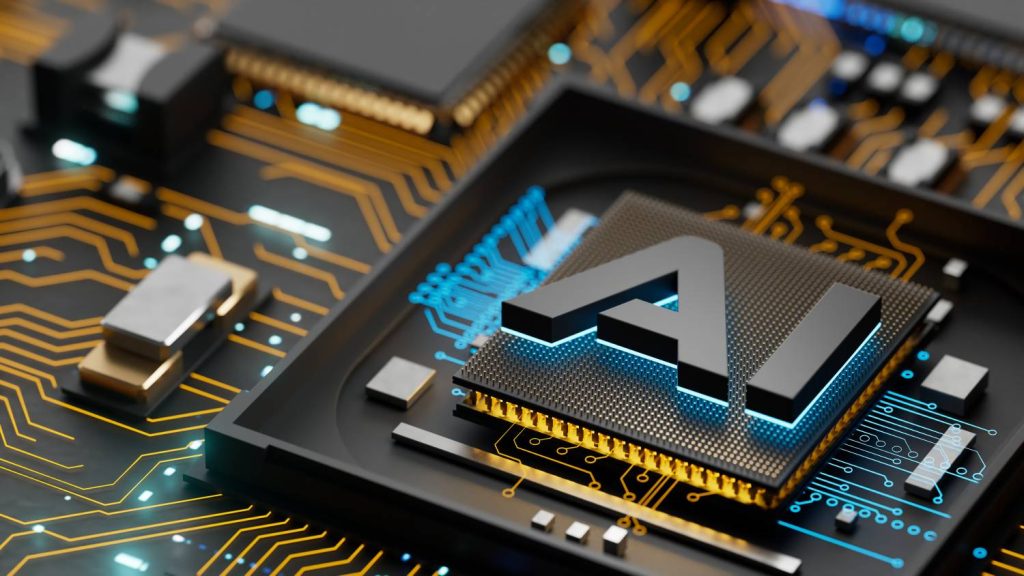In the ever-expanding universe of AI, one concept has been steadily gaining ground: Human-out-of-the-loop AI. This term encapsulates a profound shift in how we interact with technology, prompting us to reconsider the boundaries between human and machine intelligence.
But what does it entail? And what implications does it hold for our future?
I recently shared my previous blog post, AI: A ‘new digital species’? on social media, sparking a welcomed debate in the comment section. One reader shared this thought:
“… but human-in-the-loop AI is a very simplistic view of AI's role and potential, pigeonholing AI as merely a reflection of human biases and limitations. This view is so ‘European’ that it ignores the significant advances in AI's autonomous learning capabilities and its potential to surpass human limitations in accuracy and efficiency ...”
I would like to counter this statement in this follow-up to the first blog post.
Decoding human-out-of-the-loop AI
At its core, human-out-of-the-loop AI empowers intelligent systems to operate autonomously with minimal or no human intervention. Unlike AI models that heavily rely on human decision makers, these systems use advanced algorithms and vast data reserves to navigate complex tasks independently, paving the way for groundbreaking advancements across industries.
The seeds of autonomy
While the term "human-out-of-the-loop AI" may seem futuristic, the seeds of this concept have been quietly blooming for years. For instance, real-time payment fraud detection systems have successfully thwarted fraudulent transactions without much human oversight, showcasing the remarkable potential of autonomous decision making. Because time-to-decision must be minimal when assessing transactions, the human component had to be removed from the loop.
Real-world applications
The realm of human-out-of-the-loop AI is vast and varied, spanning across industries and domains. AI's footprint is unmistakable, from autonomous vehicles navigating bustling streets to automated customer service systems.
These applications represent just the beginning as AI's capabilities continue to soar, propelling us into a future where the boundaries between human and machine intelligence seem to blur.
Advantages and disadvantages

One of the most compelling advantages of human-out-of-the-loop AI is its ability to streamline processes and maximize efficiency. By entrusting intelligent systems with intricate tasks, we liberate human talent to focus on higher-level responsibilities, fostering innovation and driving progress at an unprecedented pace. However, concerns about accountability, bias and ethical implications loom large in the age of autonomous decision making.
Ethical implications
Ethics lies at the heart of the human-out-of-the-loop AI debate. As these systems become increasingly pervasive, questions of accountability and moral responsibility emerge. Who bears the blame when an AI algorithm makes a flawed decision? How do we ensure these systems do not perpetuate or exacerbate societal biases?
Forging a path toward progress
Undoubtedly, the road to fully autonomous AI has its challenges. Challenges abound, from developing robust algorithms capable of handling diverse scenarios to ensuring reliable data sources and effective error detection mechanisms. However, by harnessing the collective ingenuity of brilliant minds and embracing a spirit of continuous innovation, we can overcome these hurdles and unlock unprecedented opportunities.
Human-AI collaboration
The most exciting prospect lies in human-AI collaboration – or human-in-the-loop systems. By seamlessly integrating AI's capabilities with our unique strengths, we can forge a symbiotic relationship that elevates our collective potential to new heights. Imagine the breakthroughs that await as we harness the power of AI to augment our creativity, problem-solving abilities and intellectual prowess.
Emerging trends, technological advancements and research areas promise to reshape our world in ways we've yet to comprehend fully.
Future directions
As we gaze into the crystal ball of the future, the possibilities of human-out-of-the-loop AI are both tantalizing and daunting. Emerging trends, technological advancements and research areas promise to reshape our world in ways we've yet to comprehend fully. But one thing is sure: Uncertainty, challenges and ethical dilemmas will mark the journey ahead. We must navigate this uncharted territory with wisdom, foresight and a steadfast commitment to upholding the values that define us as humans.
In the grand tapestry of human progress, AI is a powerful, transformative thread that has the potential to weave a brighter, more prosperous future for us all. But it's a future that we must shape with care, humility and a deep respect for the incredible power of technology.
The adventure awaits.


2 Comments
That comment that your view is "so European" totally ignores how European AI can be. Thank you again for your insights!
Perfect timing for this captivating topic! SAS is always a step ahead with "The Power to Know," which has always been a perfect SAS message to the world. It’s something we're already experiencing. I find the exploration of Human-In-The-Loop (HITL), Human-On-The-Loop (HOTL), and Human-In-Command (HIC) interaction models fascinating due to their significant impact on technology's role in society. Adding to these rich considerations, I'd like to share this insightful article from DeepScribe: https://www.deepscribe.ai/resources/optimizing-human-ai-collaboration-a-guide-to-hitl-hotl-and-hic-systems